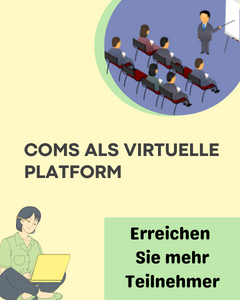Konferenzen > Mathematik > Gruppentheorie
Wählen Sie ein Land aus
ALLE LÄNDER (2)
1
PIEROGY — Perspectives in ergodic theory, randomness and geometry
12. Jan 2026 - 16. Jan 2026 • Krakau, Polen
Eintrags-ID:
1675555
Webseite:
2
Workshop — Groups, representations, cohomology: Celebrating the mathematical contributions of Dave Benson, on the occasion of his 70th birthday
08. Jun 2026 - 12. Jun 2026 • ICMS, Bayes Centre, Edinburgh , Großbritannien
Eintrags-ID:
1670154
Conference-Service.com stellt der Öffentlichkeit ein Kalendarium wichtiger Konferenzen, Symposien und sonstiger Tagungen im wissenschaftlich-technischen Bereich zur Verfügung. Obwohl das Verzeichnis mit großer Sorgfalt zusammengestellt und ständig aktualisiert wird, weisen wir auf die Möglichkeit von Fehlern ausdrücklich hin. Bitte vergewissern Sie sich immer beim Veranstalter, bevor Sie über die Teilnahme oder Nichtteilnahme an einer Konferenz entscheiden.
Stand vom 2. Oktober 2025



